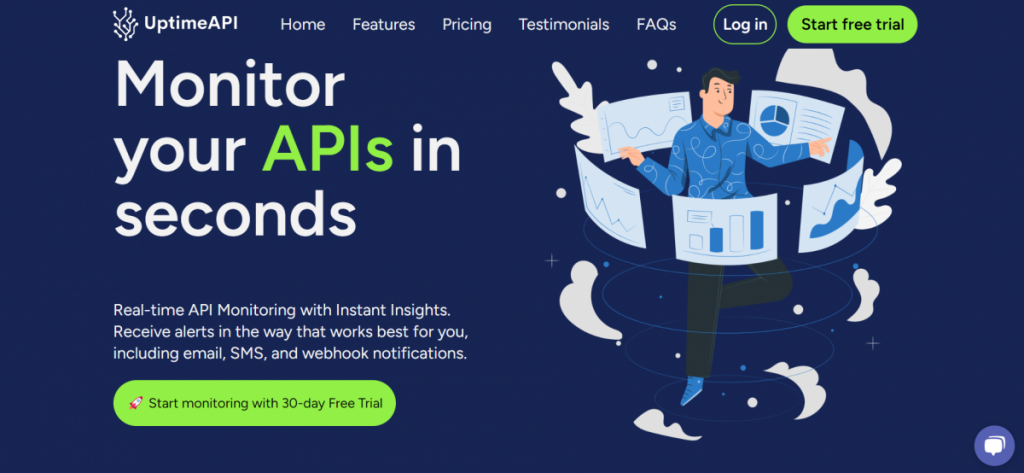In the ever-evolving world of APIs, the ability to analyze past performance trends has become a critical component of API management. While real-time monitoring provides invaluable insights into current API health, understanding historical performance data is equally important. In this article, we will delve into the significance of analyzing API past performance trends, the challenges of relying solely on real-time data, and how Uptime API empowers businesses to harness the power of historical data for better decision-making.
The Importance of Analyzing API Past Performance Trends
Historical performance data serves as a treasure trove of insights for API management. It goes beyond the immediate state of your API, providing a comprehensive view of its performance over time. This historical perspective offers two key advantages:
-Identifying Performance Trends and Patterns: Historical data allows you to identify trends and patterns that may not be immediately apparent in real-time monitoring. These trends can reveal recurring issues, seasonal variations in traffic, or the impact of changes in your API’s codebase.
-Making Data-Driven Decisions for Optimization: Armed with historical performance data, you can make data-driven decisions for optimization. Whether it’s fine-tuning your API for better efficiency or proactively addressing issues, historical insights provide a solid foundation for improvement.
Challenges of Relying Solely on Real-Time Monitoring
While real-time monitoring is indispensable for detecting immediate issues, it has its limitations. Real-time data often provides a narrow window into your API’s performance, focusing on the here and now. To gain a holistic understanding of your API’s health and trajectory, historical data analysis is essential.
Analyze Your API Past Performance Trends With Uptime API!
Uptime API is a tool that helps you monitor and analyze the performance of your APIs. It provides you with real-time data on your API’s uptime, response times, and other metrics. You can also use it to analyze your API’s past performance trends. Even, you can create custom reports and dashboards to track your API’s performance over time.
There are many benefits to using Uptime API, including:
-Improved uptime: It can help you improve your API’s uptime by identifying and fixing performance problems.
-Reduced costs: It can help you reduce your costs by preventing downtime and improving the performance of your API.
-Improved customer satisfaction: It can help you improve customer satisfaction by providing a reliable and performant API.
E-commerce businesses can improve the performance of their APIs, which can lead to increased sales and improved customer satisfaction. Another example, SaaS businesses can improve the performance of their APIs, which can lead to increased customer satisfaction and reduced churn. You just have to register on the Uptime API website and start monitoring with a 30-day Free Trial. Currently, Uptime API offers 3 plans, which you can pay monthly.
Watch this video:
In conclusion, analyzing past performance trends with Uptime API empowers businesses to make informed decisions, optimize their APIs, and proactively address issues before they impact users. It’s the perfect tool to monitor and analyze API performance, helping businesses improve uptime, reduce costs, and improve customer satisfaction.
Read this interesting post: API Monitoring: Optimize Performance In 2024



